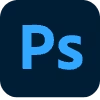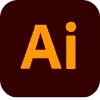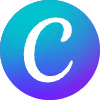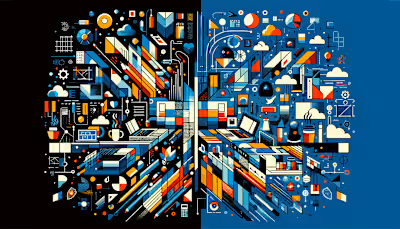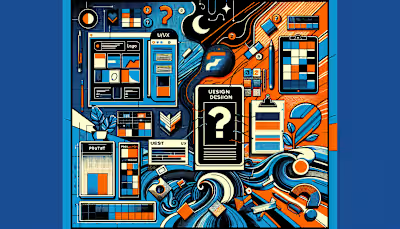Freelance Graphic Designers: 7 Best Places to Find Them
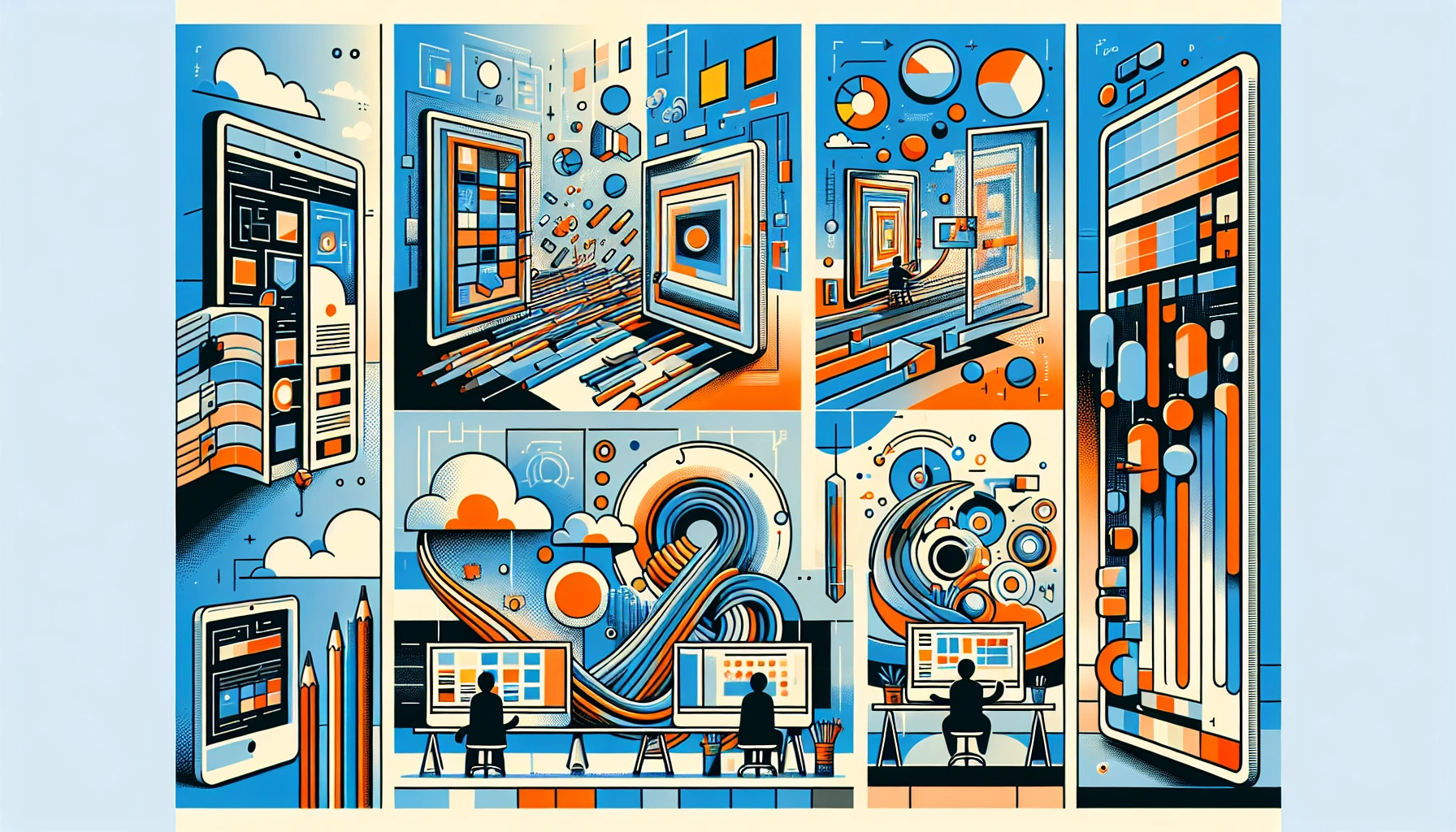
Freelance Graphic Designers: 7 Best Places to Find Them
Why Businesses Need Freelance Graphic Designers
7 Best Places to Find Freelance Graphic Designers
1. Contra
2. Fiverr
3. Toptal
4. 99designs
5. Dribbble
6. Behance
7. Upwork
What to Consider Before Choosing a Platform
How to Evaluate a Designer’s Portfolio
Tips to Secure a Successful Outcome
Frequently Asked Questions about Hiring Freelance Graphic Designers
What if I need ongoing support after the project ends?
Are there ways to handle revisions effectively?
Can I sign a contract directly with a freelancer?
Parting Words for Your Freelance Design Journey
Freelance Graphic Designers: 7 Best Places to Find Them
Why Businesses Need Freelance Graphic Designers
7 Best Places to Find Freelance Graphic Designers
1. Contra
“It’s refreshing to talk to a client directly without a third-party filter. Contra makes that easy.”
2. Fiverr
3. Toptal
4. 99designs
5. Dribbble
6. Behance
7. Upwork
“Upwork’s filtering tools can help narrow things down — but expect to spend time reviewing proposals.”
What to Consider Before Choosing a Platform
“The more custom the project, the less helpful a template-based gig becomes.”
💬 “8 AM your time doesn’t always mean 8 AM their time — unless you double-check.”
How to Evaluate a Designer’s Portfolio
Tips to Secure a Successful Outcome
“Nothing slows a project down like five rounds of ‘just one small change.’”
Frequently Asked Questions about Hiring Freelance Graphic Designers
What if I need ongoing support after the project ends?
"Ongoing support usually starts as 'just one more tweak' and turns into a 6-month collaboration."
Are there ways to handle revisions effectively?
"If feedback includes ‘make it pop,’ expect an extra revision round 😅."
Can I sign a contract directly with a freelancer?
Parting Words for Your Freelance Design Journey
“When there's no middle cut, the conversation shifts from ‘what’s your rate including fees?’ to just ‘what’s your rate?’”
Posted Apr 14, 2025
Freelance graphic designers: 7 best places to find top talent for logos, branding, and more. Compare platforms and pick the right fit for your project.

